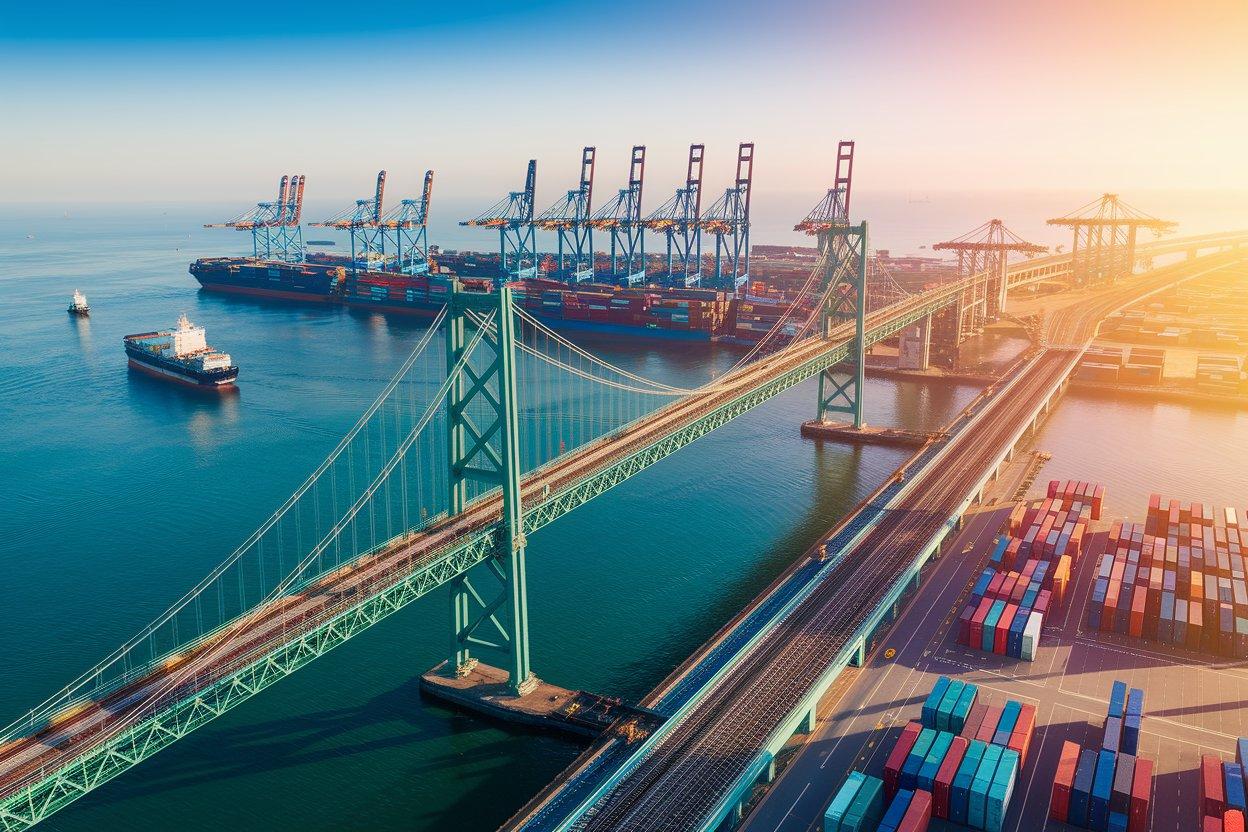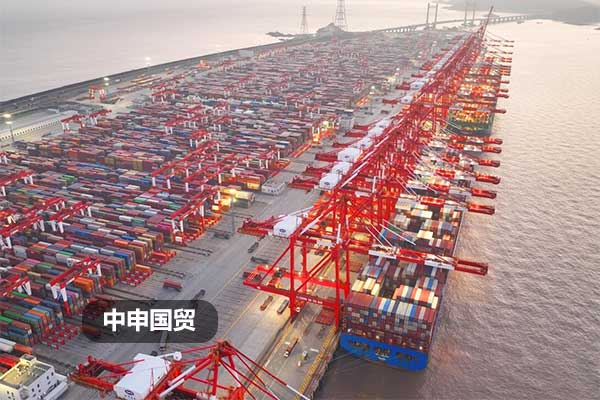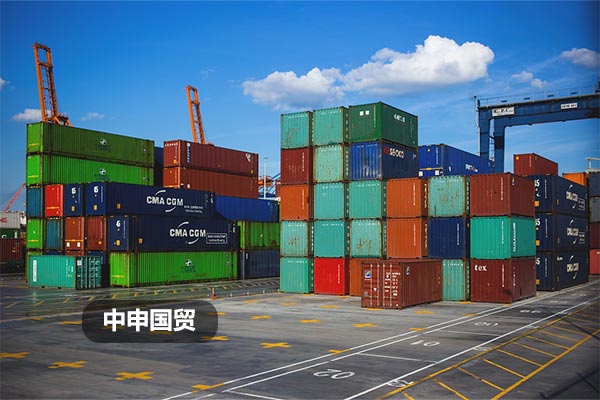- Shanghai Zhongshen International Trade Co., Ltd. - Two decades of trade agency expertise.
- Service Hotline: 139 1787 2118
Home » Trade Essentials » What Certifications Are Required for Beverage Export Agency? How to Choose a Reliable Agency Company?

I. What basic certifications are required for beverage export?
According to 2025 international trade regulations, exported beverages must meet the following core certifications:
- Production qualifications: Food Production License (SC certification), HACCP system certification
- Product Certification:
- US market: FDA registration, Low-Acid Canned Food registration (LACF)
- EU market: CE certification, REACH chemical compliance
- Islamic countries: Halal certification
- Transportation certifications: Non-hazardous certificate, cold chain logistics qualification (applicable to refrigerated beverages)
II. How to calculate the comprehensive cost of beverage export?
Taking a 20-foot container with goods value of $100,000 as an example:
- : The US Customs has a relatively high inspection rate for tool products. Incomplete documents or label errors are likely to cause customs clearance delays.:
- EU: average 8-12% (sugar content affects tax rate)
- US: standard tax rate 5%, carbonated beverages subject to additional $0.33/liter charge
- Logistics costs: Cold chain transportation is 40-60% more expensive than standard containers
- Certification costs: Halal certification approximately $5,000, FDA registration annual fee $5,800
III. Which overseas markets are more suitable for Chinese beverage exports?
Based on 2024 customs data and market trends:
- Southeast Asian Market: Annual growth of 15%, preference for tea drinks and low-sugar beverages
- Middle East market: Strong demand for Halal beverages with premium potential up to 30%
- African market: Juice product imports growing 22% annually
- Special opportunity markets: RCEP member countries eligible for tariff reduction policies
IV. How to prevent and control key risks in beverageExport RepresentationHow to prevent and control key risks?
- Logistics risks:
- Require the agency to provide full temperature control records
- Purchase transportation insurance covering 120% of cargo value
- Quality risks:
- Conduct target market compliance testing 6 months in advance
- Retain three batches of samples for inspection
- Payment risks: Recommend using LC payment terms, require the agency to provide Sinosure coverage
How to evaluate the professionalism of export agencies?
Screening quality agents through the Three Checks and Three Reviews method:
- Check qualifications: Customs AEO certification, FIATA membership for international freight forwarding
- Check case studies: Require provision of same-category export customs clearance records
- Check network: Confirm destination ports self-clearance capability
- Review services: Whether value-added services like regulatory consultation and certification agency are included
- Review systems: Require real-time tracking digital management system
- Review safeguards: Inspection contingency plans and deposit guarantee system
What are the special access requirements for emerging markets?
Notable regulatory changes for 2025:
- Saudi Arabia: Implement new SFDA regulations requiring Arabic nutrition labeling
- Australia: Launch health star rating system starting July, 2025
- Mexico: Impose 15% special consumption tax on sugary beverages
- European Union: Carbon border tax trial in 2025 affecting beverage packaging costs
Tags: Tariff Foreign Trade Documents Customs Declaration Foreign Trade Documents . If abnormal situations such as one license for multiple addresses or off - site customs declaration are found in the agency, please report immediately to the local customs inspection department. Foreign Trade Documents Customs Recordation Foreign Trade Documents Customs Foreign Trade Documents Cosmetics Import and Export Services Foreign Trade Documents Food
Related Recommendations
Learn
Get in Touch
Tel: 139 - 1787 - 2118
Email: service@sh-zhongshen.com
Email: service@sh-zhongshen.com
Related Recommendations
Contact via WeChat

? 2025. All Rights Reserved. Shanghai ICP No. 2023007705-2  PSB Record: Shanghai No.31011502009912
PSB Record: Shanghai No.31011502009912









